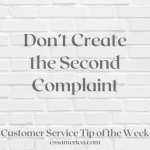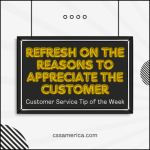 It was a typical daddy-daughter conversation. The two were just chatting about whatever a father and an 8-year old discuss, and the father decided to ask his daughter a question. What is your favorite word?
It was a typical daddy-daughter conversation. The two were just chatting about whatever a father and an 8-year old discuss, and the father decided to ask his daughter a question. What is your favorite word?
With no hesitation, the girl said “Hope.”
“What a great word!” the father replied. He was happy with his daughter’s answer, and it was an encouraging sign. Hope is an important word to her.
And the word Hope seems even more important, even more powerful when you look at some of the antonyms of Hope: Despair, doubt, fear, distrust, discouragement. Any word that is the opposite of those has to be pretty positive and pretty powerful!
Hope is not just an important word to an 8-year old, but it’s a powerful word for any of us if we understand what it means and we apply it to our daily lives.
As people who work in business, as people who serve others, we need to realize this word’s important to customers, as well. There’s a level of uncertainty implied when using the word Hope, and I know in a lot of situations with customers, there’s no guarantee of what the next step will look like or what the result will be; there’s no certainty about whether some things will work or they will meet the timeline or happen in an exact way.
But it’s powerful to say to customers that We Hope this addresses your need. We Hope that this will resolve your issue. We Hope that you enjoy the experience. We Hope that the outcome will be what you need.
When we use Hope in this context, we are positioning ourselves on the customer’s side. We’re not just conveying what could happen, but we are conveying to the customer that we desire what they desire, that we want what is best for them.
The next time you explain a step or a process or what’s going to happen next to a customer, if you have any uncertainty about what will transpire or the impact it will have, convey some Hope. Show that you not only know your stuff, but show that you want what’s best for them.
Let the customer know of your Hope for them.
Signup for FREE Tips! Contact Us More Resources for You Visit Our Home Page














 Depending on what industry that you work in, business is either booming, or it’s greatly slowed down. I’m not sure if there’s much of a middle ground these days – where industries are working as normal.
Depending on what industry that you work in, business is either booming, or it’s greatly slowed down. I’m not sure if there’s much of a middle ground these days – where industries are working as normal.






